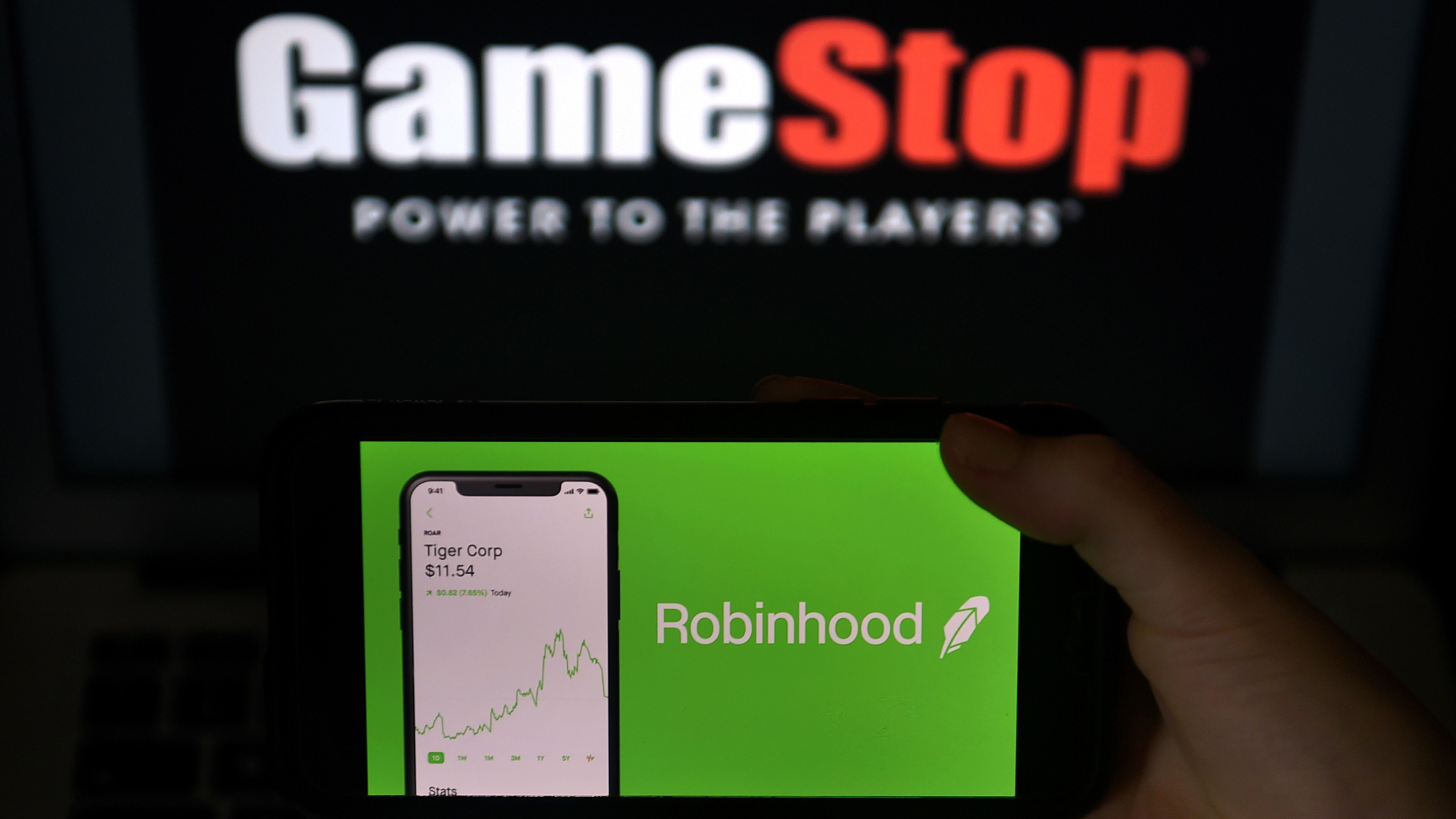The difference a half second makes
A new paper from the Federal Reserve Bank of Chicago calls for change in the world of high-frequency trading, where firms use superfast computers and connections to buy and sell. Fed senior policy adviser John McPartland is only the latest to weigh in on a debate about the pros and cons of high-frequency trading that has drawn in Wall Street, Congress, and regulators. The fight got the attention of a wider audience after the publication of the best-selling Michael Lewis book “Flash Boys.”
The debate may sound like fodder for Wall Street alone, but it has broad implications for all Americans. Few trade stocks on a regular basis, but many are counting on a pension or 401(k) to be there for them later in life. The companies that manage America’s retirement money deal with the speed trading issue daily, and they disagree whether it’s good or bad overall. Supporters credit high-speed technology with enabling cheaper trading for large and small investors alike. Critics say that same technology is now being used to take advantage of investors.
Among the changes the Chicago Fed paper proposes is to divide trading sessions into half second periods. That’s fast for humans, but a relative lifetime for powerful computers. The hope is that a move like this could end the growing arms race between companies to create ever faster computers and data connections. Variations on this idea have been proposed before, including a 2013 paper from researchers at University of Chicago and University of Maryland recommending a similar policy, with a few key differences.
“That enormously simplifies the market because the incentive to race is gone,” says Peter Cramton, University of Maryland economics professor and a co-author of the earlier study.
Slower and simpler would seem to go hand in hand. But some question whether such a system is feasible in the contemporary financial markets, where trading happens across a myriad of different public and private venues.
“There are some definite advantages to it,” says University of Houston finance professor Craig Pirrong. “My concern is when you have multiple exchanges operating the same way, it’s a very complex interaction.”
High-frequency trading is a deeply complex and polarizing topic, with some of the loudest voices dug into hardened positions, each side waving fistfuls of data and academic studies at the other. Today’s discussion is far from the last word.
There’s a lot happening in the world. Through it all, Marketplace is here for you.
You rely on Marketplace to break down the world’s events and tell you how it affects you in a fact-based, approachable way. We rely on your financial support to keep making that possible.
Your donation today powers the independent journalism that you rely on. For just $5/month, you can help sustain Marketplace so we can keep reporting on the things that matter to you.


















